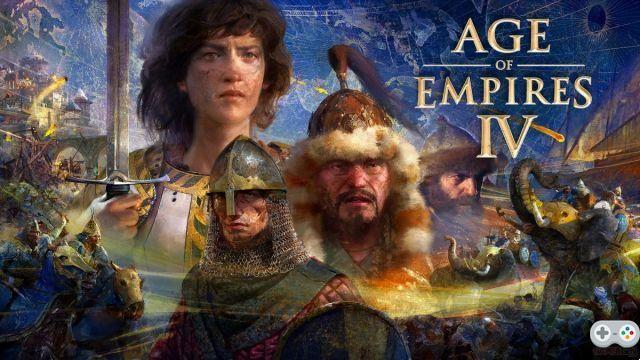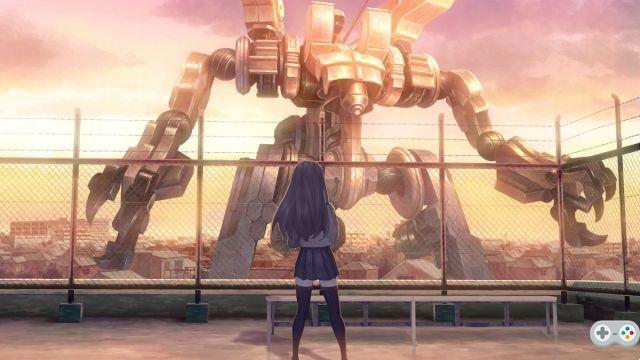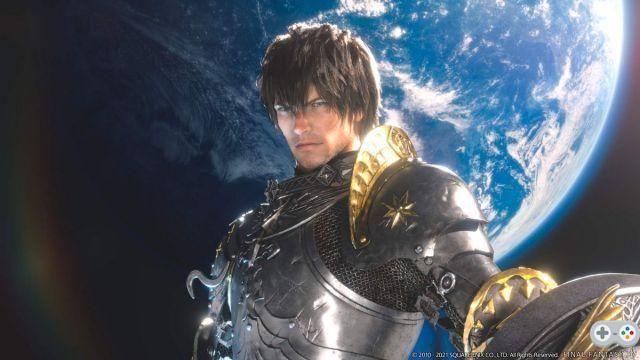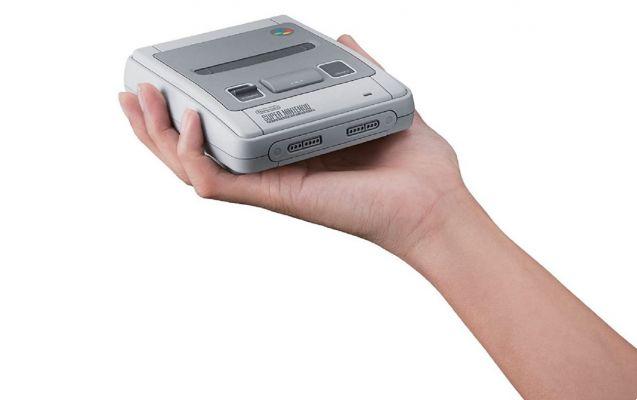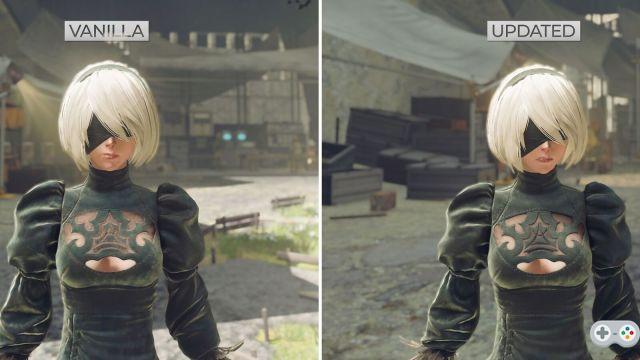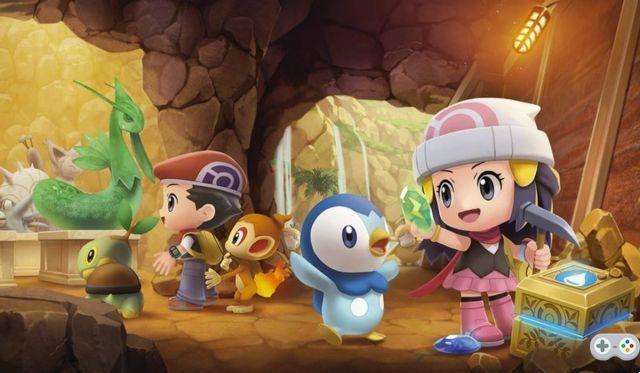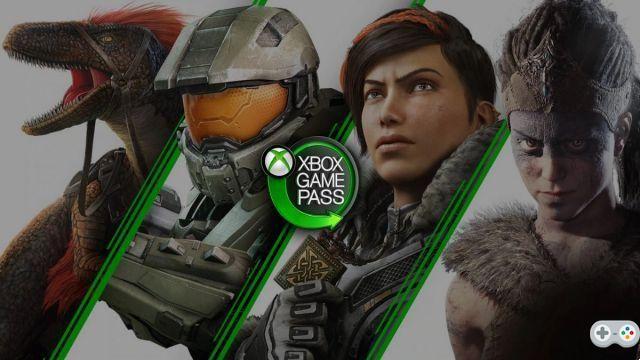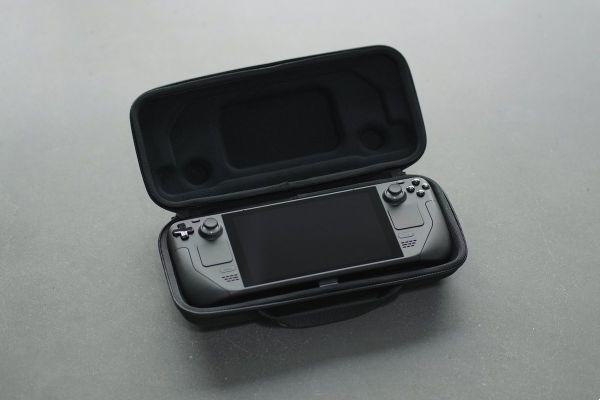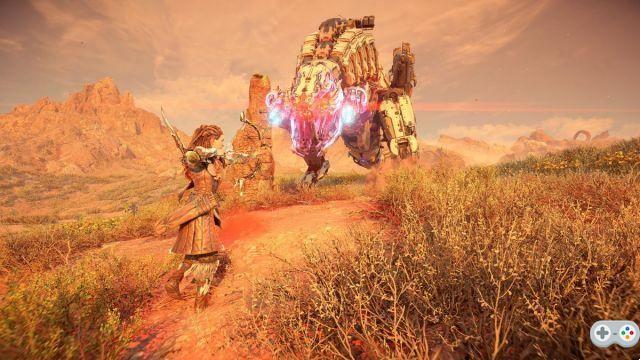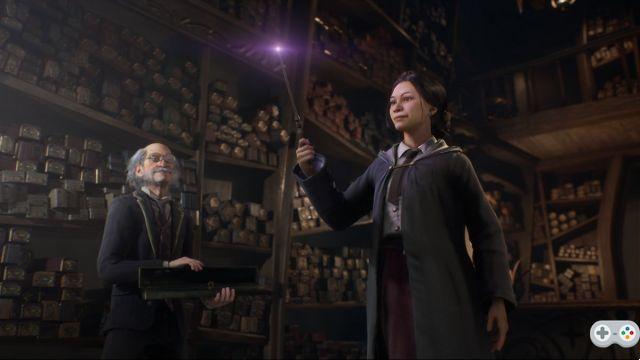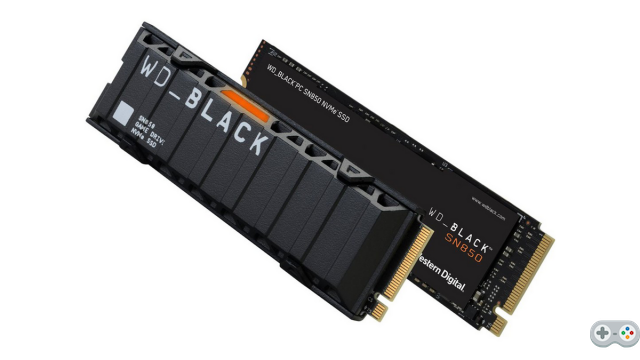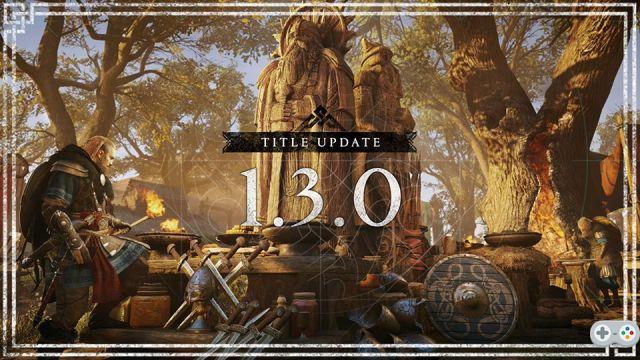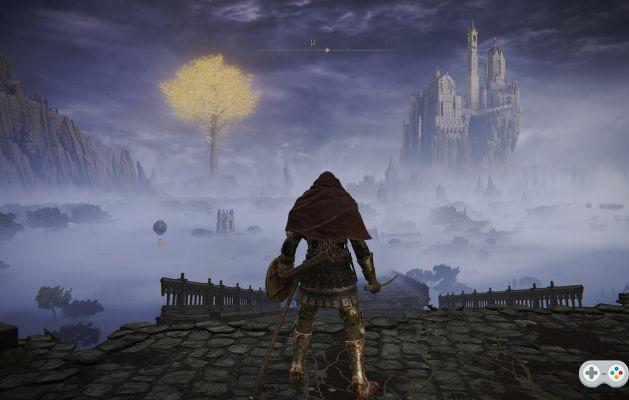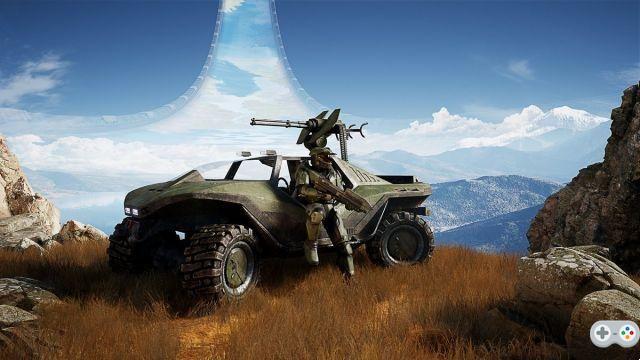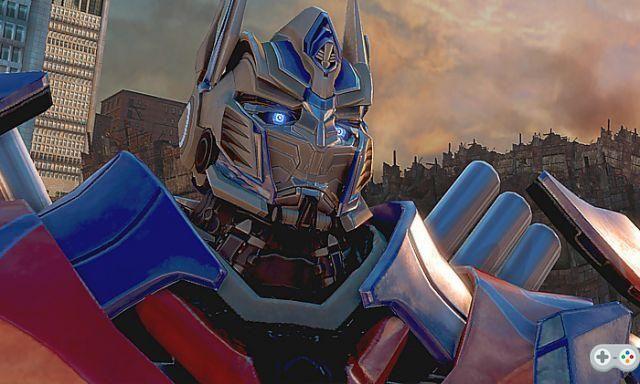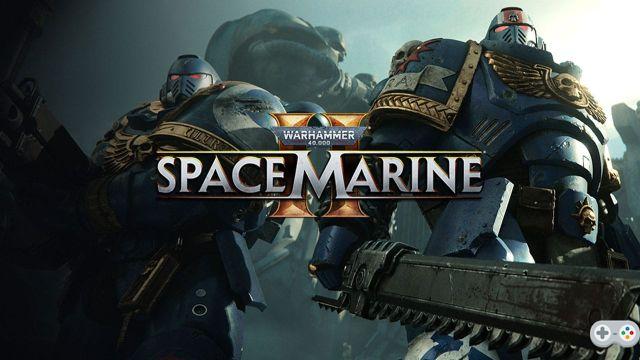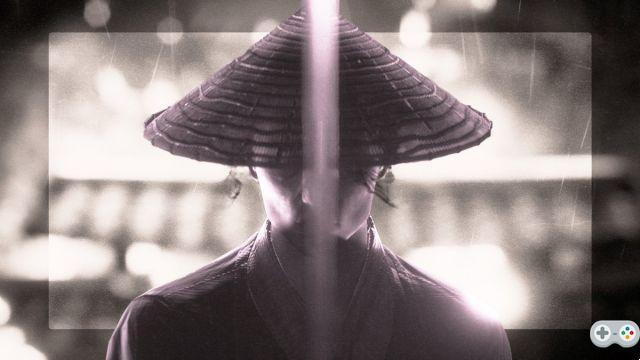
Leonard Menchiari had a dream. A piecemeal script, scribbled on a sheet, torn out. Probably after yet another marathon of Arika Kurosawa films, mind you. Snippets of the scenario, involving a samurai apprentice, a revenge quest and a good dose of fantasy borrowing from Japanese folklore. A dream, which the publisher Devolver Digital enabled him to realize with Trek to Yomi.
The director's second game after the confidential The Eternal Castle, Trek to Yomi was not, however, made alone. The troublemakers of Flying Wild Hog (Shadow Warrior 3) have been called to the rescue to give shape to a nice (but imperfect) action-adventure game whose graphic touch stands out in the current landscape.
6
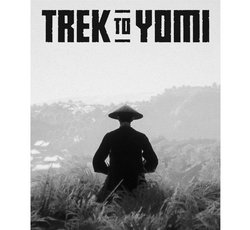 Read the conclusionTrek to Yomi
Read the conclusionTrek to Yomi
- A memorable aesthetic
- Various sword combos
- Successful sound design
- Four difficulty levels to suit everyone
- Too stiff animations
- Fights sometimes a bit clumsy and boring
- forgettable scenario
- A bit too long for its own good
Trek to Yomi has been tested on PC thanks to a code provided by the publisher. It is available today on Steam, PS4, PS5, and consoles Xbox, in particular through the Game Pass.
Katana plus, y'en an encore
We know full well what you are saying to yourself. “Ah yes, Ghost of Tsushima, I know”. But the fact is that apart from a very cinematic aesthetic and an anchoring in a certain representation of feudal Japan, the comparison can stop here. Good, okay. There are also katanas.
Hiroki is a samurai apprentice who witnesses the death of his sensei during the attack of a group of bandits in his native village. A traumatic event, which will only redouble the sense of duty of the young padawan, who then swears to protect his village against all dangers.
As you can imagine, things are not going to go as planned. Older but no less naive, Hiroki falls into a trap that drives his only protector away from the village. Understanding that his home is being reduced to ashes, the samurai begins a journey through forests and villages to find the author of the massacre. And beware of anyone who stands in his (our) way.
I grant you, we have seen more original. As much to say it: the writing is certainly not the strong point of Trek to Yomi. We are served a story that has already been seen a thousand times – especially if you are a fan of films of the genre.
Installed on few characters, the plot of the game does not really give us the opportunity to get attached to it. We can occasionally cut the bib with frightened inhabitants, but it stops there. The narrative particle of the title would have benefited from more support as the aesthetics of the game lend themselves to a grandiose immersion.
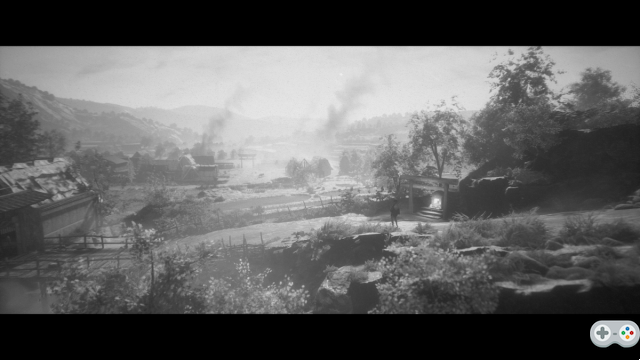
Bullshito Blade
But how does it play, Trek to Yomi? Quite simply: like a side-scrolling third-person action game.
Hiroki moves through different (and always lavish) black-and-white tableaux and battles opponents who stand in his way. The combat system is sketchy, yet surprisingly complex.
Like a good old beat them all, Trek to Yomi offers you to memorize different combos which notably allow you to get out of a delicate situation (the enemies do not hesitate to attack several). For example, we can pivot quickly by giving a wide blow, and follow up with a thrust. Or strike several quick blows to destabilize the opponent before beheading him with a bloody finish. A blocking and parry mechanism (very nice) is also on the menu, and allows you to regain some life points in the process.
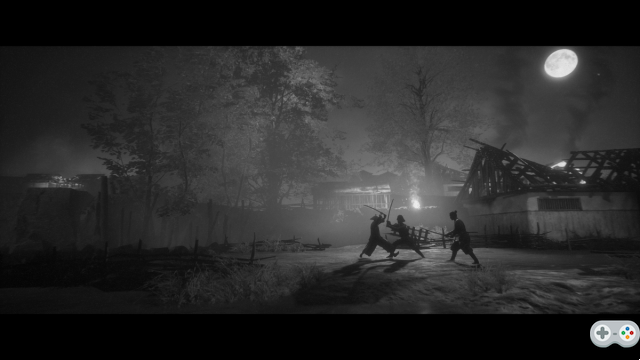
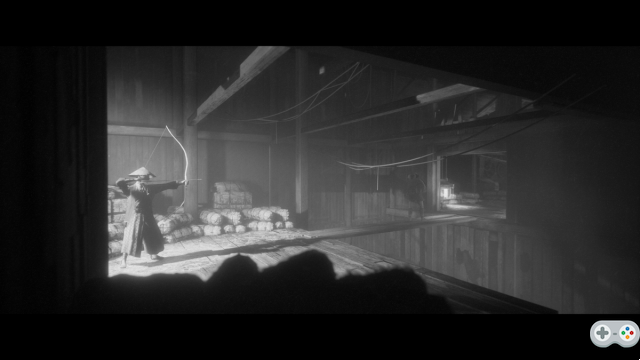
There are many combos to discover while traveling through the world which, even if it is absolutely not open, hides here and there some small secret passages allowing you to learn them. It is also when leaving the main path that we will find something to improve our life gauge, endurance, or additional ammunition for the few secondary weapons at our disposal.
The problem is that while Trek to Yomi doesn't lack impact (especially sound) in its approach to combat, it rarely puts us to the test. With rare exceptions (certain types of enemies a little painful), we will tend to roll on the game on normal difficulty. After a certain stage, a combat technique even makes it possible to get rid of the slightest bandit in one shot.
Is this unacceptable? No way. But Leonard Menchiari's game is not stingy with fights, and we end up yawning politely at the end of the 100th moron who comes to impale himself alone on our blade. Fortunately, that gives the eye plenty of time to scrutinize the landscape down to the smallest detail.
JVFR
Art and sword cinema
If there's one aspect that Trek to Yomi is impregnable with, it's its photography. Leonard Menchiari comes from cinema, and it shows. Each shot is meticulously worked, and the devastating contrast of black and white sublimates the details while increasing the dramatic load of certain scenes.
The director does not hesitate to vary the focal lengths and camera placements... to the point of giving up, sometimes, the readability of the fights. We forgive him so much the variety of points of view is to be welcomed and comes, momentarily, to make us forget that we are firmly anchored on rails throughout the adventure.
JVFR
Especially since if the first part of Trek to Yomi provides us with sets and a fairly common or, at least, expected scenography for a samurai game, it cheers up on its second part to take us - as its name suggests —, to Yomi. The realm of the dead.
I won't say more to avoid disclosing anything, but Trek to Yomi probably owes its best visual ideas to these strong Shinto inspirations. We also feel a real interest of the director for the thing; the game does not lack trinkets to pick up along the way in order to learn more about certain deities of Japanese folklore.
Trek to Yomi : l'avis de JVFR
Trek to Yomi6
Like a good film, Trek to Yomi is a game that looks more than it develops its playful aspect. With a sublime artistic direction and which, until his last moments, continues to surprise, Leonard Menchiari's playing is lastingly imprinted on our retinas.Unfortunately, this aesthetic luster is combined with a rickety gameplay particle and mechanically rigid animations that do it a disservice.
Barely too long for its own good, Trek to Yomi remains a highly recommendable title for those who hold Japanese cinema of the 50s and 60s in high esteem. On this, the bet of its creator is held, and well held.
Most
- A memorable aesthetic
- Various sword combos
- Successful sound design
- Four difficulty levels to suit everyone
The lessers
- Too stiff animations
- Fights sometimes a bit clumsy and boring
- forgettable scenario
- A bit too long for its own good




